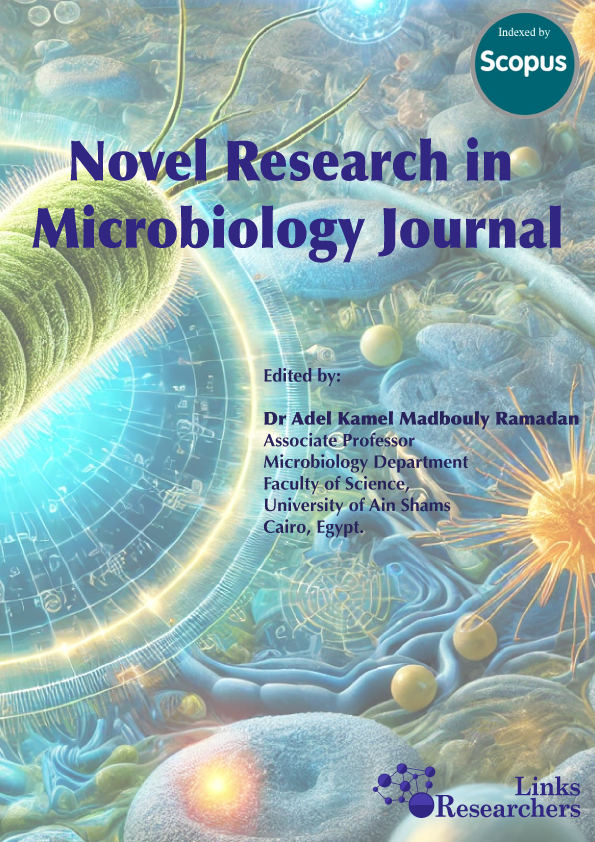This review aimed to present the various approaches that have been used to protect the
probiotics from the toxic effects of the gastrointestinal tract (GIT) during oral delivery. A
microbiota is a collection of trillions of microorganisms that live within the human body and
form an ecosystem that is complex, adaptive, and unique to each organ. The probiotics have
varied applications and exhibit side effects; as a result, they have been employed as food
supplements with both therapeutic and prophylactic effects on disorders of the gastric and nongastric
regions. The significant contribution of probiotics to the maintenance of health has
expanded the scope of their use in advanced research areas. A significant number of
microorganisms will survive and thrive in the gastrointestinal tract (GIT); even after being
exposed to several toxic substances such as bile salts and acids. Prevention of probiotics from
the harmful effects of gastric acid and other enzymatic barriers, in addition to their delivery to
the the intestinal region, has been a great challenge. The new approaches designed for
probiotic therapies work on stabilizing the probiotics through several mechanisms; leading to a
significant number of probiotics that are available after passing through the various GI
barriers, in addition to showing the desired therapeutic and/ or prophylactic effects. A brief
critique of the health effects of probiotics, issues associated with their delivery, and the
various formulation strategies employed to improve the probiotic transport are provided in the
current review.





